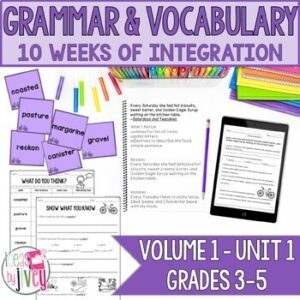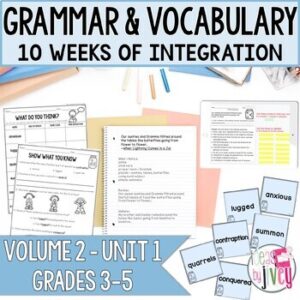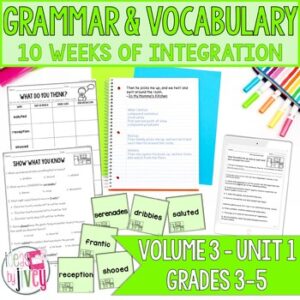Menu
The mentor sentences routine revolves so much around discussion on Day One and Day Two, and practicing on Day Three and Day Four, but there still needs to be some time to check in on what students are retaining through a short formative assessment.
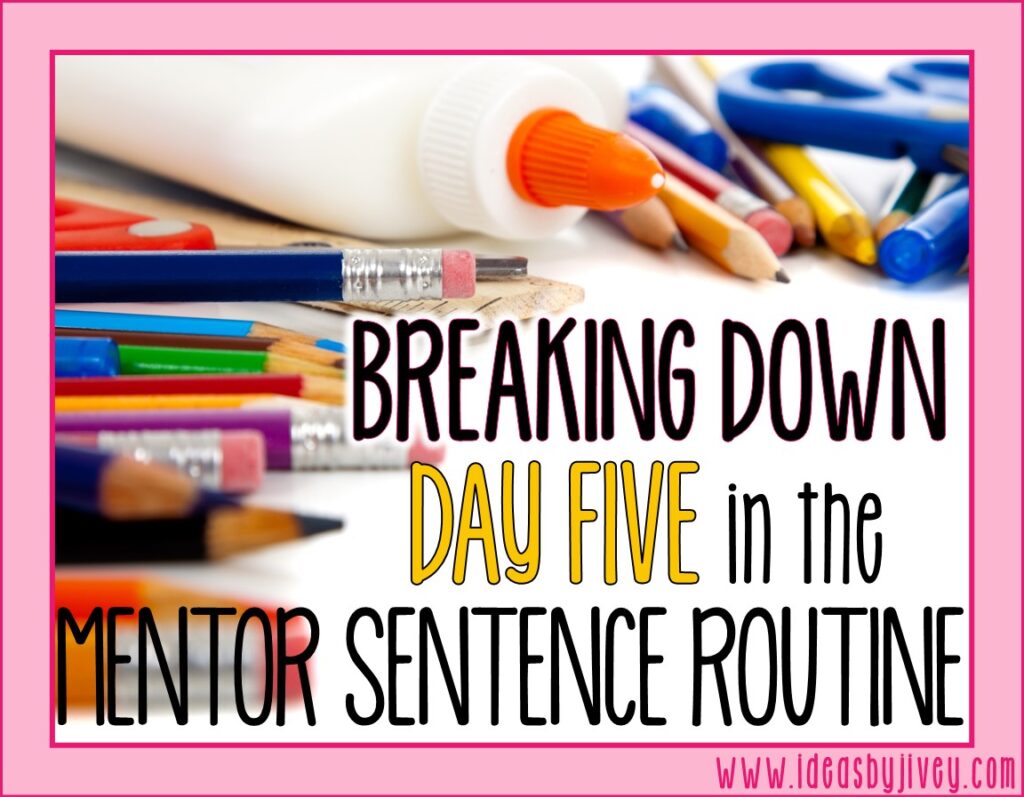
Let’s wrap up how to implement the mentor sentence routine in 2nd-5th grade – day five, time to assess!
I know by now I have made it clear that the mentor sentences routine helps students see the RIGHT way to write, rather than the wrong, so when I tell you what they are doing on Day Five, you might be confused. I promise it will all make sense!
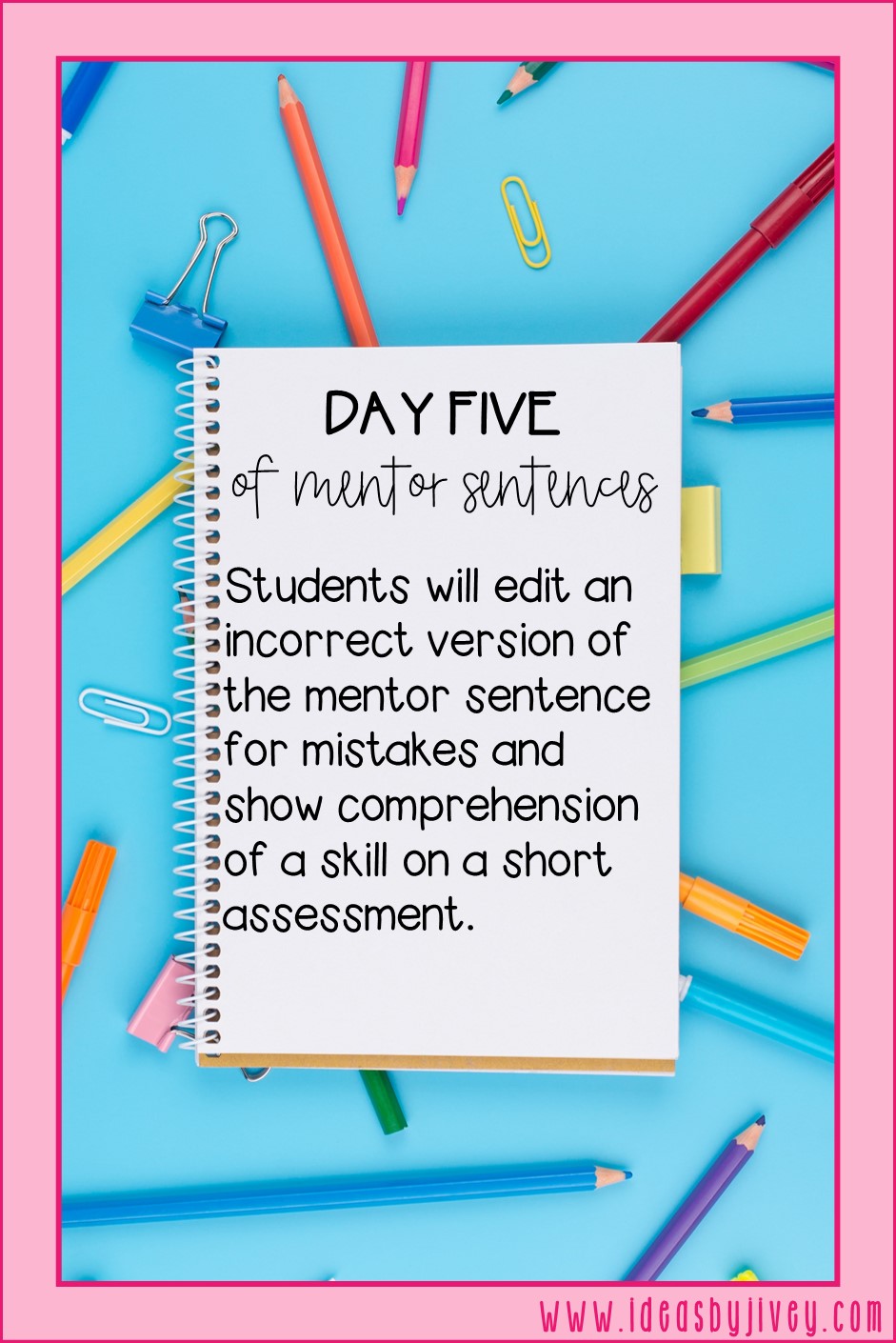
DIRECTIVE: Students will edit an incorrect version of the mentor sentence for mistakes and show comprehension of a skill on a short assessment.
That’s right, I said “edit” and “incorrect.” And I know I also said we aren’t showing them a sentence full of mistakes to correct in order to teach a skill with the mentor sentence routine, and that’s still true. They have seen amazing examples ALL WEEK LONG- through the original mentor sentence, the revisions, and the imitations. They know what the sentence is supposed to look like, so giving them this editing practice (which is still an important skill in writing) is still a best practice strategy.
The first few weeks, you might want to complete the mentor sentence assessment as a whole class or even allow them to work with a partner or in a group of three or four students, and then go over it together. Make sure there is true discussion and defense of an answer, not one student telling the answer and everyone else marking it down, too. You can also let the students use their notebooks to help them learn how to access resources to find information that they need.
I suggest using the quizzes that are a part of the mentor sentence lessons I’ve made as formative assessments rather than taking them for a grade, but there might be times where it is appropriate to use them for a grade, too. (A formative assessment is designed to drive your instruction and reveal students who may need more support.)
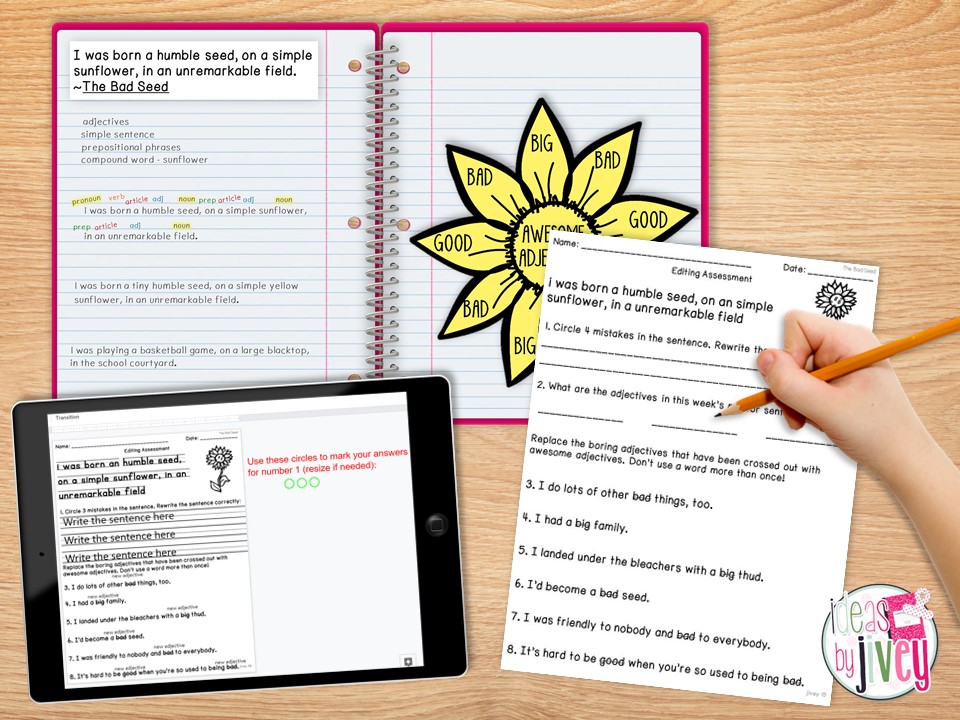
Rather than using a worksheet as a grade, I suggest assessing how well students can apply the week’s focus skill in their writing for a grade. It’s important to see how they have progressed over the course of the week, too, because we continued to apply that skill a few days in a row. If you aren’t actively working on a writing piece, ask students to write a paragraph about something you are learning in social studies or science, and like in this week’s lesson for instance, require them to use some awesome adjectives.
I also would discourage you from using their mentor sentence notebook as a grade, other than maybe a completion grade. You want students to feel brave enough to try out new skills and get creative. For some students, if they know they are going to be graded (in other words, they feel there is a “right” or a “wrong” answer), they will hesitate to venture out of that “safe zone.” We want students to feel comfortable in this creative space to make mistakes and figure out what works and what doesn’t.

As I previously mentioned, consistency is key! You’ll want to continue the routine every week to see the most growth and success in writing and language skills.
